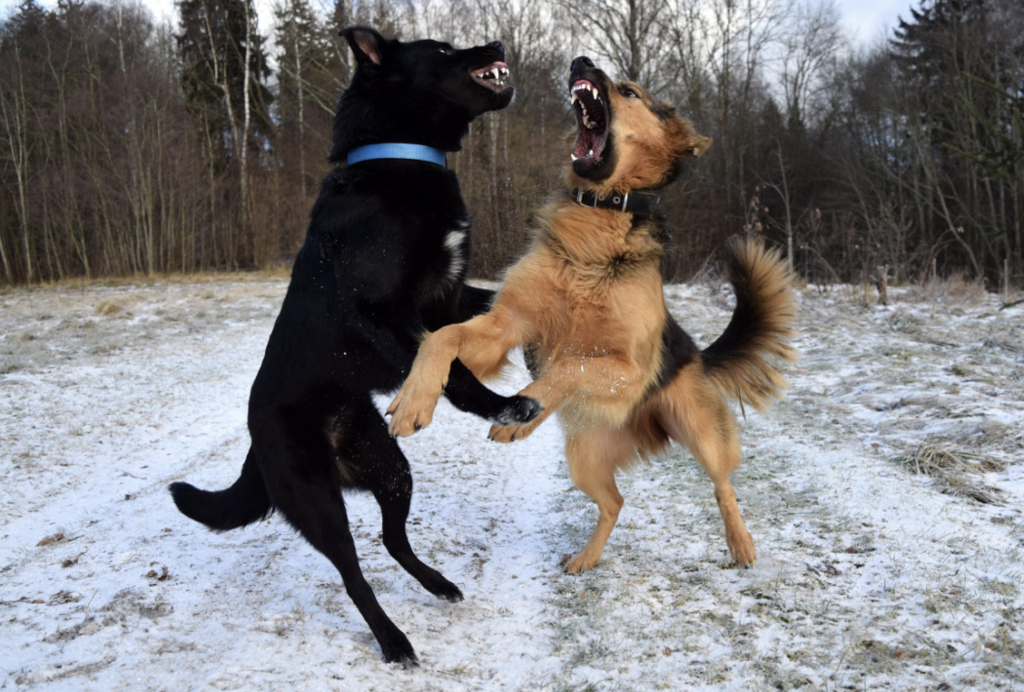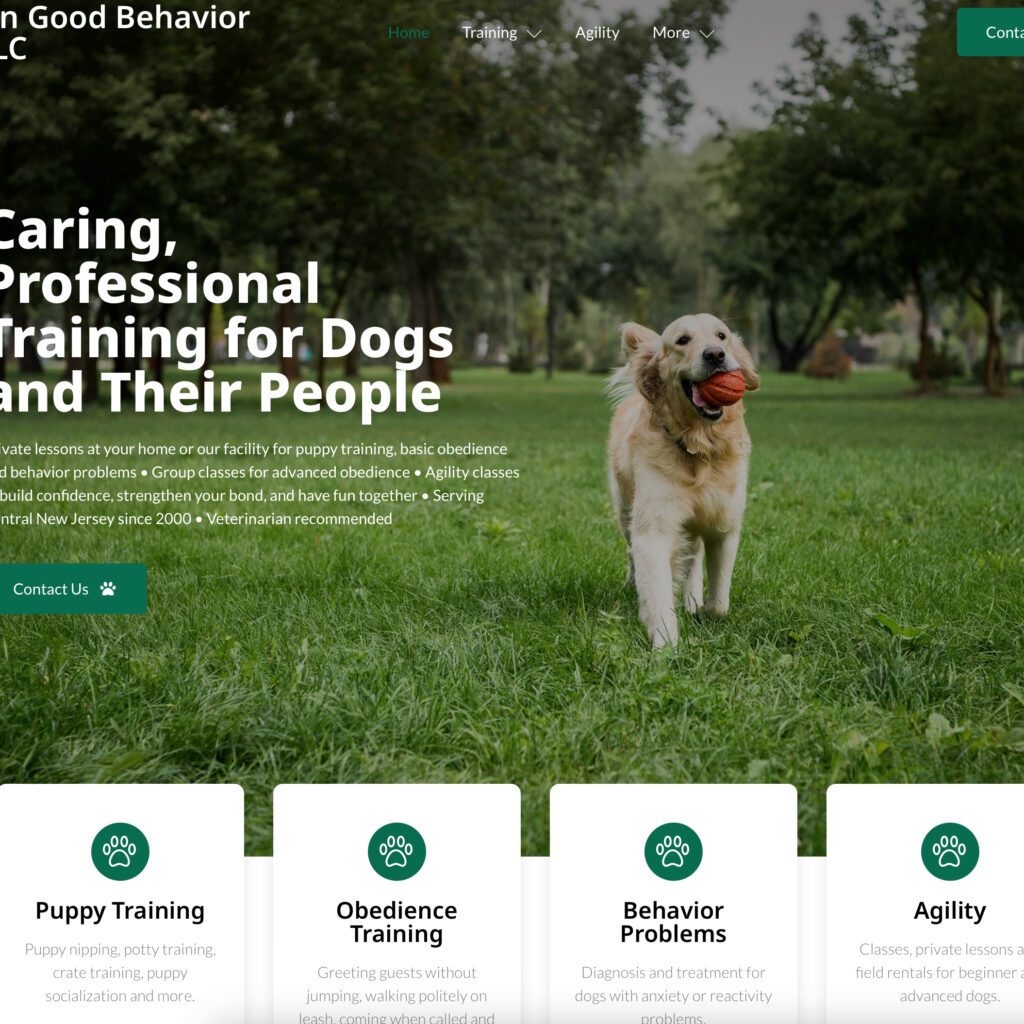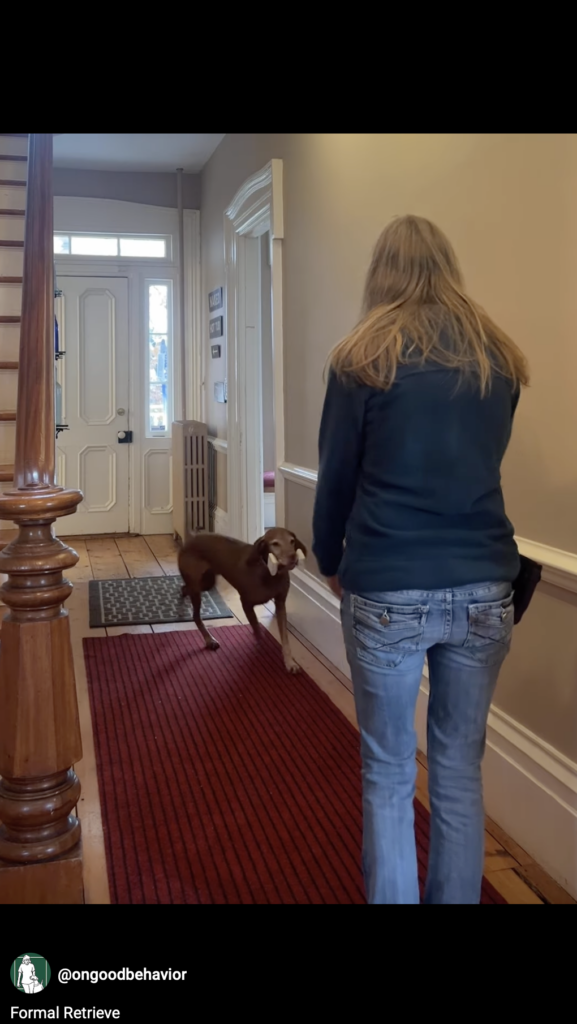The Canine Gut-Brain Connection| New Website | Retrieve
On Good Behavior LLC
Happy Leap Year! Below you will find my latest training tips and observations along with insights into what I’m working on with my own dogs.
What I wish everyone knew: Mixed gender pairs are more likely to get along. While we occasionally see fighting between dogs and bitches, it’s not very common. Fighting between dogs in a household is more common the more similar the two dogs are: same sex, similar age, similar size. Two males may contest who is in charge, but the biggest problems are when two females don’t like each other. Fighting between two bitches is notoriously hard to solve.

If you have a breed that has been bred to work in groups (hounds, retrievers), this may not be as much of a concern, but if you have working breeds or terriers or dogs of unknown parentage, it’s best to set yourself up for success by alternating males and females in your household.
Quote that I am pondering: “When you’re itchy, you’re witchy” Karen Overall, author of Clinical Behavioral Medicine for Small Animals. A reminder that the physical state of our pets (itching, pain, tummy upset) will affect their mood and behavior.
What I’m excited about: My new website! I’m so happy with how this turned out. Updated and sleek and yet it feels very much like it fits my brand. Many thanks to AJ at Be Native Group for the lovely design and patient editing. Enjoy browsing and let me know what you think!
What I’m fascinated by: The Canine Gut-Brain Connection. Dogs are our new canary in the coal mine. Like us, they take antibiotics, eat processed food, are exposed to household chemicals, don’t get enough exercise etc. Unsurprisingly, dogs are having similar gut health issues to humans: gastric reflux (GERD), allergies, food intolerances, autoimmune conditions, and anxiety.
This was all brought home for me when Dr. Penny Rochelle (Copper Moon Vet) diagnosed Wager with reflux (GERD) and explained that this was the cause of his anxiety. As she explains it, he gets a little bit nervous around new things, refluxes stomach acid into his throat, and then associates the new thing with that lasting discomfort.
I was viewing Wager’s anxiety as a behavior problem only (see the last issue), but when he became terrified of houseflies and was cowering and shaking and refusing to come into the kitchen, I threw my hands up and decided it was time for a medical opinion. I’m so glad I did. After just 24 hours on slippery elm to coat his digestive tract he was a new dog! Trotting right past buzzing flies and adapting quickly to a big indoor dog show that weekend.
Wow! What a reminder that gut health problems can be the cause of behavior problems in dogs just like they are linked to mental health problems in people.
Wager is in the midst of food allergy and stool testing so that we can come up with a long-term solution and he doesn’t have to be on slippery elm or Pepcid for life. I’ll let you know how it goes.
Most importantly, he’s back to being the happy, adaptable puppy he was as a youngster.
What I am working on: A formal obedience retrieve. Cash has largely retired from agility, so he needs new things to work on while I’m doing Wager’s agility training or the jealousy monster would eat him alive! He finished his Companion Dog title in November and is now learing the Open exercises. He finds the broad jump and the drop on recall (lie down while running full speed) to be lots of fun. Getting him to love his obedience dumbbell has taken more work, but he’s starting to get that it is a very special block of wood!
Like many competition exercises, a formal retrieve is the combination of many parts: Take-it, Hold, Come, Sit, and Give. Teaching each piece separately is the key to a polished behavior. Without teaching a solid hold, most dogs think it is more fun to kill the dumbbell!
This same principle applies to many training situations–teaching a behavior in parts makes it easier and smoother. For example, teaching lie down, stay, and go to bed makes it possible to send your dog to stay on his bed when he is begging for food or pestering guests.
Can you think of a problem that you want to solve that would be easier if you taught the behavior in steps?
Happy Training!
Business Updates:
Private Lessons: Are currently available at your home (within a limited service area), at my Franklin Park location (in the office or outdoors in the agility field), or online via Zoom. All scheduling has been moved to Square, so once you are an established client you can schedule (and reschedule if needed) at your convenience.
Agility Classes: Are held outdoors April through October. Please read through the pre-requisites to make sure you and your dog are ready to have fun doing agility together. Please email me to be put on the interested list if you would like to join a class this year. Class schedules are posted on Facebook. The Spring session starts April 7th and May 6&7.
Obedience Classes: I am offering Intermediate Obedience classes to current and former students. This class is suitable for dogs who have completed the basics and need practice listening around other dogs and people. Non-reactive dogs only, please. Please email to be put on the interested list if you would like to join a class this year.


